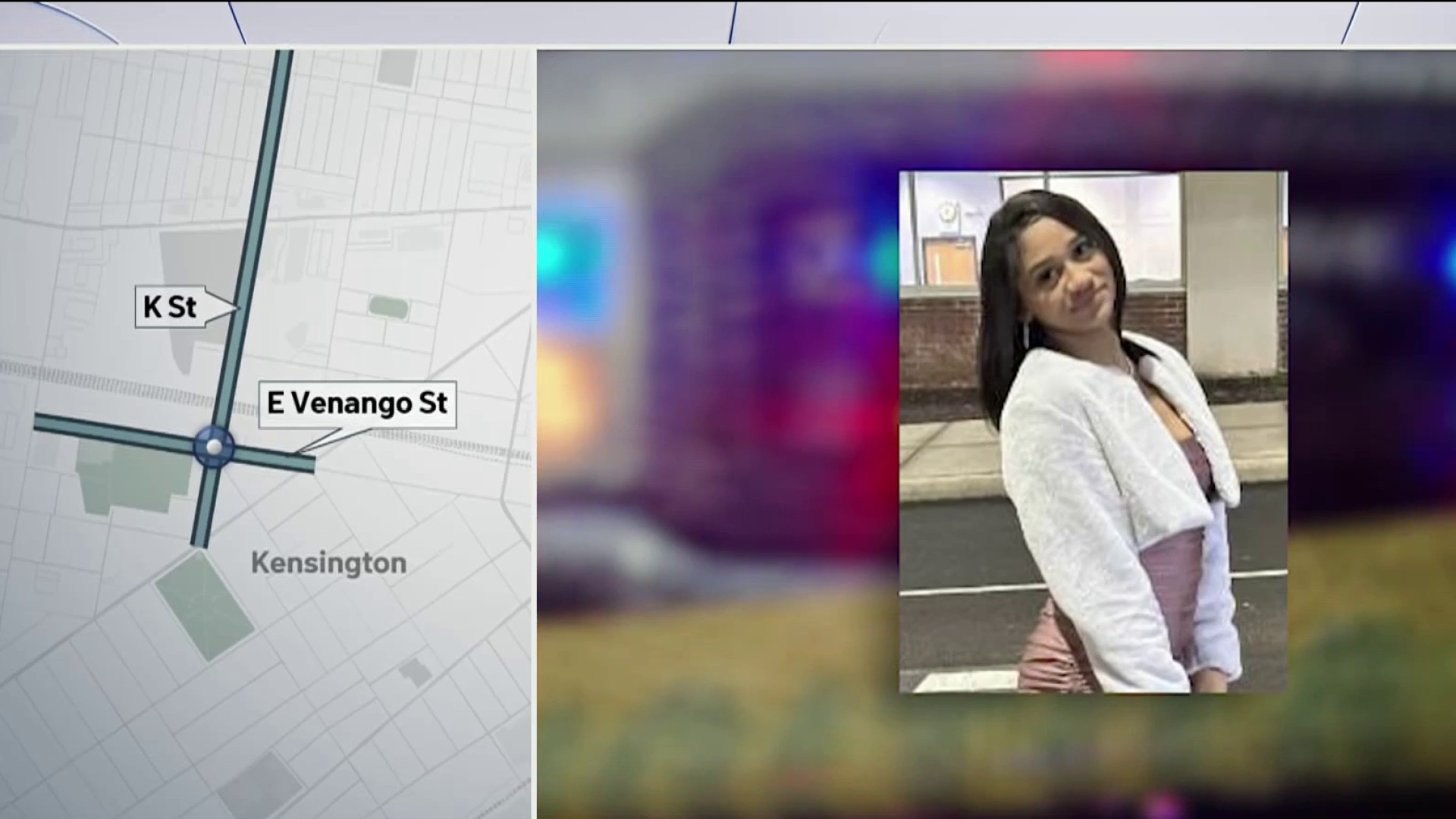By now, you’ve probably heard about the chance of a major snowstorm for much of our area Monday night into Tuesday. Here’s my latest thinking on the storm:
It’s the Trickiest Type
Meteorologists generally split major winter storms into two types: “A” and “B,” specifically “Miller “A” and “B”. The “A” is the “easiest,” forming in or near the Gulf of Mexico and then moving up the East Coast as a nor’easter. The Blizzard of ’96, our biggest snowstorm, was a perfect example. We can be pretty sure a couple of days in advance that a major winter storm is coming. The tough part with these is often telling where rain vs. snow will fall. THIS ONE IS NOT A MILLER A.
The Miller B often starts as a harmless “Clipper” -- the ones that come from Canada and race toward us. Once-in-a-while, the low pressure center will move just offshore and strengthen A LOT (you may have heard the term “bombogenesis” -- this is it).
- LIVE RADAR: Track the snow
- FEATURE: Severe Weather Central
The rapidly falling pressure …
- increases the winds, moving more moisture onshore
- increases upward motion, leading to heavier precipitation
- slows the storm down, leading to a much longer period of snow
- sets up “bands” of snow, where a narrow strip gets clobbered, while nearby areas get much less
“B” storms are toughest to forecast because we’re dealing with a storm that develops. The exact location where it develops and strengthens is crucial. A “miss” by even 50 miles can lead to HUGE differences in how much snow will fall in some areas. The toughest part is on the southern edge of the snow area, where even a 20-mile difference can have, for example, only a couple of inches vs. one foot or more.
Local
Breaking news and the stories that matter to your neighborhood.
The farther out in time, the less accurate that boundary can be predicted. That’s why predicting specific snow amounts two full days in advance is unwise, in my opinion. Things can change so much with just a slight change in the details of the storm. As the start of the storm gets closer, we have more skill in the details.
What About This Storm?
Some computer models do better with these storms than others, and all models have improved in the past decade. You probably have heard me talk about the European model, which I’ve favored for 20 years — way before most other meteorologists. It made an amazing forecast for Sandy a full five days in advance, while other models said it would move out to sea.
But the European isn’t always the best model for every storm — otherwise, we’d use that one alone. When the euro comes up with an extreme forecast, as it did Saturday, it opens our eyes. When it does it two times in a row, as it did Sunday, forecasters give it even more weight. The euro is run 51 times (called ensembles) every 12 hours, and the more that point to a big storm, the more confidence we have. The ensembles have been very consistent with the big storm scenario two times in a row. That cannot be ignored.
Other models are not as extreme, but still have the same idea of a storm intensifying off the coast, and giving some part of the East Coast a major snowfall. Most clobber the area from New York City to Boston, so that’s where we’re most confident of more than one foot of snow plus blizzard conditions. But just how far south will those conditions form? That’s why every run of every model needs to be monitored. Some models come in every six hours, so there are frequent updates coming.
The Latest Thinking
I’m pretty sure that parts of our area from Trenton to Ocean County will get hit hardest. They have the best chance at more than one foot of snow and near-blizzard conditions. Chances for that go down a bit for every mile as we go toward Washington, DC. So southern Delaware, Berks County and western Chester County have the best chance of escaping the big snow totals. But the rest of our area needs to be prepared for future forecasts that could make this the biggest storm in quite a while. This will have a major impact on travel throughout the northeast — flights will be canceled. It’s worth having a “Plan B” for Monday night and Tuesday. Bitter cold air will follow the storm, so the snow won’t be going anywhere.
Please stay tuned for updates. These “B’s” can be notorious.



